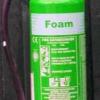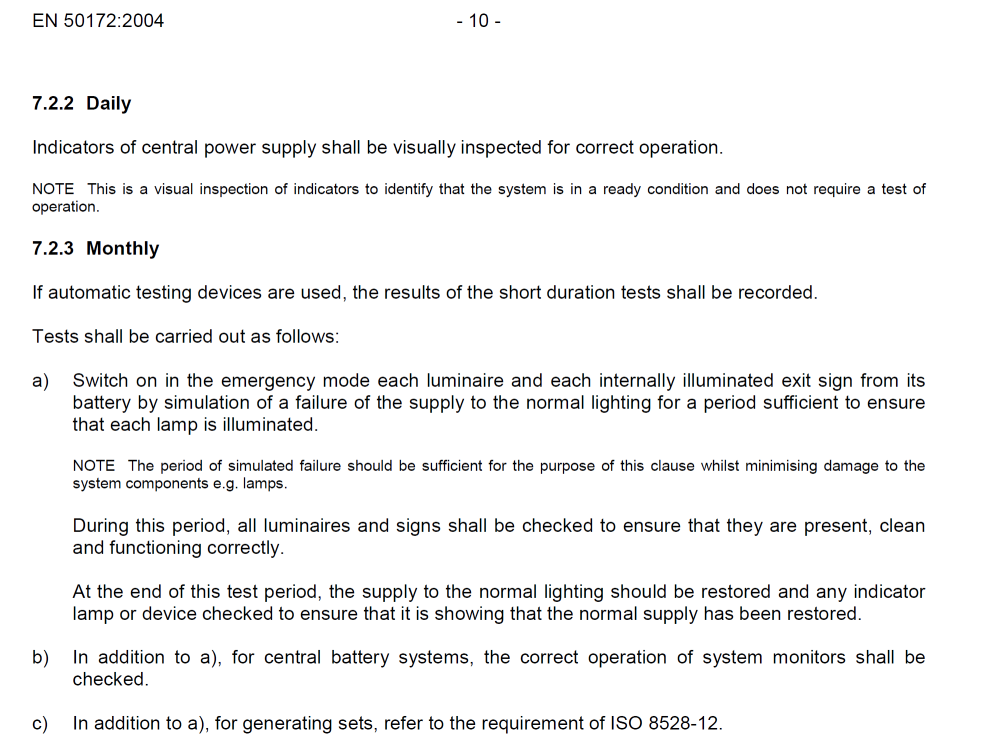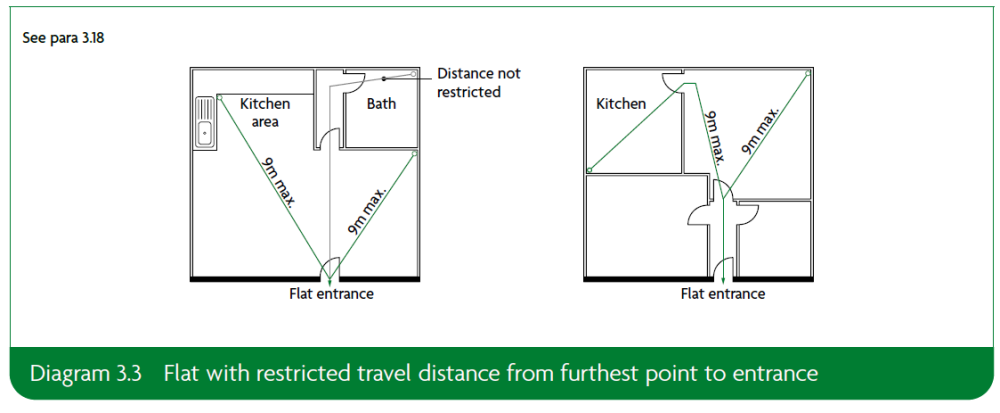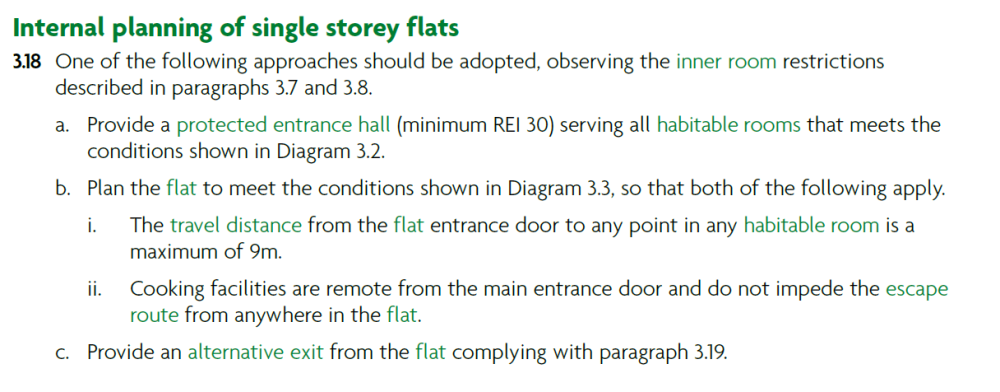-
Posts
2,310 -
Joined
-
Last visited
Contact Methods
-
Website URL
www.firewizard.co.uk
Profile Information
-
Gender
Male
-
Interests
Fire Safety
Recent Profile Visitors
14,641 profile views
AnthonyB's Achievements
-
Yes or it wouldn't have been built that way.
-
If it's in the FRA it would relate to common areas for which the Local Authority does not have jurisdiction (they cover inside dwellings)- the Fire & Rescue Service are the enforcing body via their Business Fire Safety department (not always the local station as they may not have a base there). Anything serious that could lead to a danger of death or serious injury would attract enforcement action if not completed. They will not be bothered about lesser breaches which, whilst the risk assessor has to correctly identify to make their assessment legally sufficient, aren't severe enough to reach the enforcement threshold.
-

Requirements for Flat Fire Door - Special case
AnthonyB replied to ART's topic in Fire Risk Assessments
You've answered your own question. As a front door has to be an FD30S with cold smoke seals an intumescent grille is not suitable as it gives no cold smoke protection, you would need a combined fire and smoke damper and associated detection which would be unrealistic. -
Sometimes they are put in, but as not part of a protected entrance hall you don't have to.
-
Class A fires aren't electrical, they are ordinary solid combustibles, wood, paper, textiles, etc. Class B is flammable liquids Class C is flammable gases (but you don't have to cover these as ordinary users aren't meant to tackle gas fires due to the explosion risk, you just shut off the supply) Class D is reactive flammable metals (sodium, magnesium, etc) Class F is cooking oils. Electricity isn't a fire class as it isn't a fuel, just a safety consideration when choosing extinguishers. The basic level of cover a premises requires is for Class A fires and the number required is based on floor area. For example a 200sq.m. floor gets a floor fire rating of 13A (multiply the floor area by 0.065) Extinguishers bear a test rating dependant on the size of fire they can put out - a common test rating is 13A so for a 200sq.m floor you would need one, 400 sq.m. 2, etc although you can use high performance extinguishers - some are rated to 27A. The main risks in a hair salon are Class A (solids) and the risk where the solid item on fire is electrical, usually the amount of liquids, whilst present, is negligible. The traditional way is with a water spray extinguisher for the Class A risk and a CO2 for the electrical (CO2 also has a Class B rating so deals with any flammable liquids). Most salons, based on size only require one of each or two of each at best. https://www.safelincs.co.uk/ultrafire-2kg-co2-fire-extinguisher/ https://www.safelincs.co.uk/ultrafire-6ltr-water-fire-extinguisher/ Government guidance encourages the consideration of using multipurpose water based extinguishers to simplify things (you can get water based extinguishers safe in electrical fires) and water mist is another option (Good on Class A, F & electrical plus can deal with small Class B risks): https://www.safelincs.co.uk/6-litre-water-mist-fire-extinguisher/ If you want to avoid the hassle (& sales pitch) of an extinguisher supply & maintenance firm you can also get long life extinguishers which the user can inspect: https://www.safelincs.co.uk/britannia-p50-6ltr-water-mist/
-
What I'm saying is that you don't - there is no risk for which they suit. The only reason you see them where there are no frying appliances or hobs (in some situations just a sink & kettle) is the sales tactics of some service companies or end users not knowing any better.
-
No fixed duration, just long enough to be able to check all fittings have illuminated. For example if an installation has separate test switches for each room, corridor section, stair, etc then it could be very short, e.g. a small room with one or two fittings and a test switch might only take a few seconds, or longer, e.g. a building with no test switches or just one at the main incomer might need 10 or 15 minutes to be able to get around al areas.
-
If you are selling them or don't know any better, then a sink and a kettle is a 'kitchen' and needs a fire blanket even when no risk exists where it would be practical, As long as there is suitable provision of extinguishers safe on electrical equipment nearby you would be fine.
-

Mag lock only fitted to a Keep Locked fire door
AnthonyB replied to a topic in Fire Doors and Accessories
Access control doesn't need a fire alarm interface if not part of means of escape, the last thing it should do is failsafe - the main issue with the use of this type of lock is that it most cases it affects the integrity of the door & does meet the appropriate standard. On an existing installation from a risk assessment point of view the main question is is will it keep the door shut for the intended duration of the fire door. -
If it's a 2010 build and is as you describe (& the front doors are into internal common lobbies/corridors/stairways) then it was never compliant with Building Regulations as it's recent enough to have required 4mm(ish) gaps and intumescent strips and cold smoke brushes. The 'no strip' notional door guidance is aimed to avoid unnecessary cost burdens on residents of small blocks who have fire doors to older standards but in good condition and compliant with the standard at the time of installation. Are there channels in the door frame where the strips should have been fitted or did the builders not even get as far as the correct frame to accept strips? If it's a small block it may be seen as a lower risk issue (especially if working closers are fitted) but it wasn't right originally and is symptomatic of the slack standards of the 21st Century building industry and the ineffectiveness of the building control process - if an obvious defect like the doors got through, I'd want to carefully investigate fire stopping & compartmentation as these hidden issues are usually even more often poorly completed!
-
Obviously outside the scope of fire safety legislation being a private dwelling, but it appears it's a version of the below - although if only first floor and under 4.5m then means of escape windows would be adopted as a second escape.
-
There are no requirements for it to be fire retardent
-
If you use this fire stopping product selector it will tell you what you need to use: https://www.hilti.co.uk/content/hilti/E1/GB/en/business/business/engineering/fire-protection/firestop-selector.html
-
Assuming you are in the UK it's all in here https://www.gov.uk/government/publications/fire-safety-approved-document-b The sketched building appears as if it is below the height in England for mandatory sprinklers (but not so in Wales) If you were sprinkler protecting the building it would usually be just the flats not the common circulation areas.
-

Are specific fire door gaps a legal requirement?
AnthonyB replied to a topic in Fire Doors and Accessories
Possibly 'code hugging' rather than taking into account the actual risks & other mitigating measures (e.g. fire detection & warning system to a higher category than usually required) When you say 'surveyor' who exactly are they are what are they doing? Is it a Building Control matter, insurance visit or fire risk assessment? There are insurers and fire risk assessors who specialise in heritage buildings and will take a holistic view, sounds like you need one!







